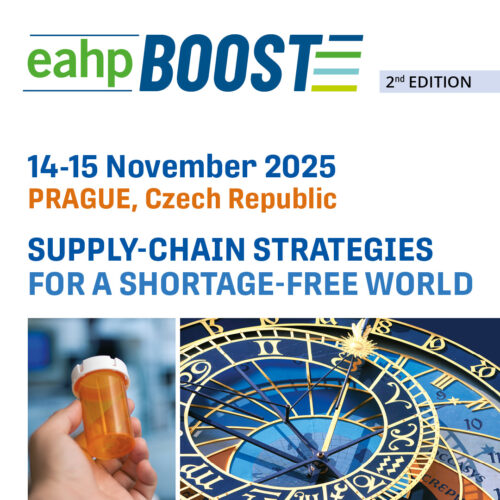PHARMACISTS ROLE IN THE DEVELOPMENT OF A THERAPEUTIC PATIENT EDUCATION (TPE) PROGRAM BASED ON THE DIRECT ACTING ANTIVIRALS (DAA) USED IN CHRONIC HEPATITIS C TREATMENT.
Pdf

European Statement
Clinical Pharmacy Services
Why was it done?
It is now usual to dispense hepatitis C DAA to outpatients, whose virological success rate is high in the general population. However, subpopulations are at risk of re-infection or noncompliance for which an individualized approach with TPE is required. Role of the pharmacist is to transmit skills for starting and to assist the patient during treatment. SE are sometimes more easily disclosed to pharmacist, thereby allowing to take them into account so that the treatment can be adapted until completion. TPE benefits for these subpopulations are expected in the short term with regards to compliance and empowering the patient during treatment and in the long term to eliminate risky practices and leaving additions.
What was done?
setting up and running TPE sessions for hepatitis C by pharmacists
How was it done?
Hepatology department, based on multidisciplinary team (hepatologist physicians, psychiatrists, addiction specialists, pharmacists, nurses and psychologists), developed a TPE program on viral hepatitis in april 2016. Following written consent, entry into the program was systematically offered to vulnerable patients (background of substance abuse, active alcohol consumption, risk of non-compliance).
Pharmacists were involved in individual sessions concomitantly to DAA dispensing, since the day when patient started TPE program. Pharmaceutical sessions aimed outpatients to acquire following competencies:
– DAA’s name, action mechanism,
– Terms of administration, what to do if forgotten,
– Side effects (SE) and their management,
– Drug interactions (adapted to outpatient treatment).
Pharmacists also answered to questions concerning the patient and monitored compliance and SE.
Interactive practical tools were developed: treatment logbook (also allowed evaluating objectives at each session), cards about known and preconceived SE, timetable for drug intake. Patients fulfilled a satisfaction survey at last session.
What has been achieved?
31 outpatients were included. Pharmacists conducted 65 sessions, 2 or 3 individual meetings per patient (one hour-long total per pharmaceutical session) depending on treatment length (8-24 weeks). 6 patients were still ongoing and 25 achieved the program. Among them, 12 had an undetectable viral load after 12 weeks (Sustained Virological Response 12) and 1 relapsed. 100% of goals were achieved as from the first pharmaceutical session. 100% of patients were satisfied about pharmaceutical session
What next?
Evaluation of program’s benefits in terms of virological success need to be continued.























